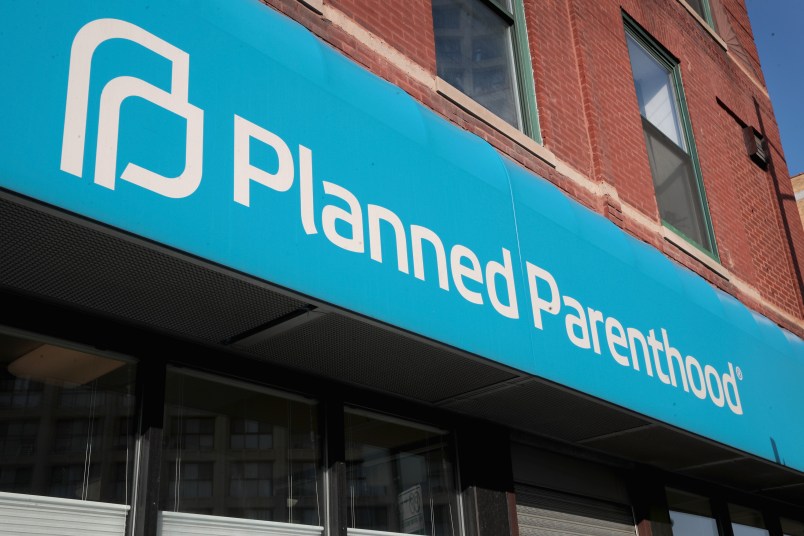The Large Hadron Collider (LHC), the world’s largest and most powerful particle accelerator and the recent discoverer of what appears to be the missing Higgs boson, or “God particle,” isn’t resting on its laurels. The machine completed its first collisions of protons with lead ions early Thursday morning, according to the European Organization for Nuclear Research (CERN), the agency that manages the collider, both of which are located near Geneva, Switzerland.
Previously, the CERN was colliding two proton beams together at near-light speed in the 17-mile-circumference ring that makes up the LHC. Now physicists are attempting a new type of collision to see what, if any, previously unknown types of particles or matter result. But they are only performing the new collisions for this week, then again during January and February 2013, after which point the LHC will be shut down for a nearly two-year-long period to upgrade the accelerator to even higher energy levels. The LHC is nicknamed the “Big Bang machine” because it is designed to simulate the conditions of matter at the birth of the known universe.
Here’s an image of the particle debris that resulted from the first collisions of lead ions and protons, created by CERN’s ATLAS detector computers and released on Thursday:






